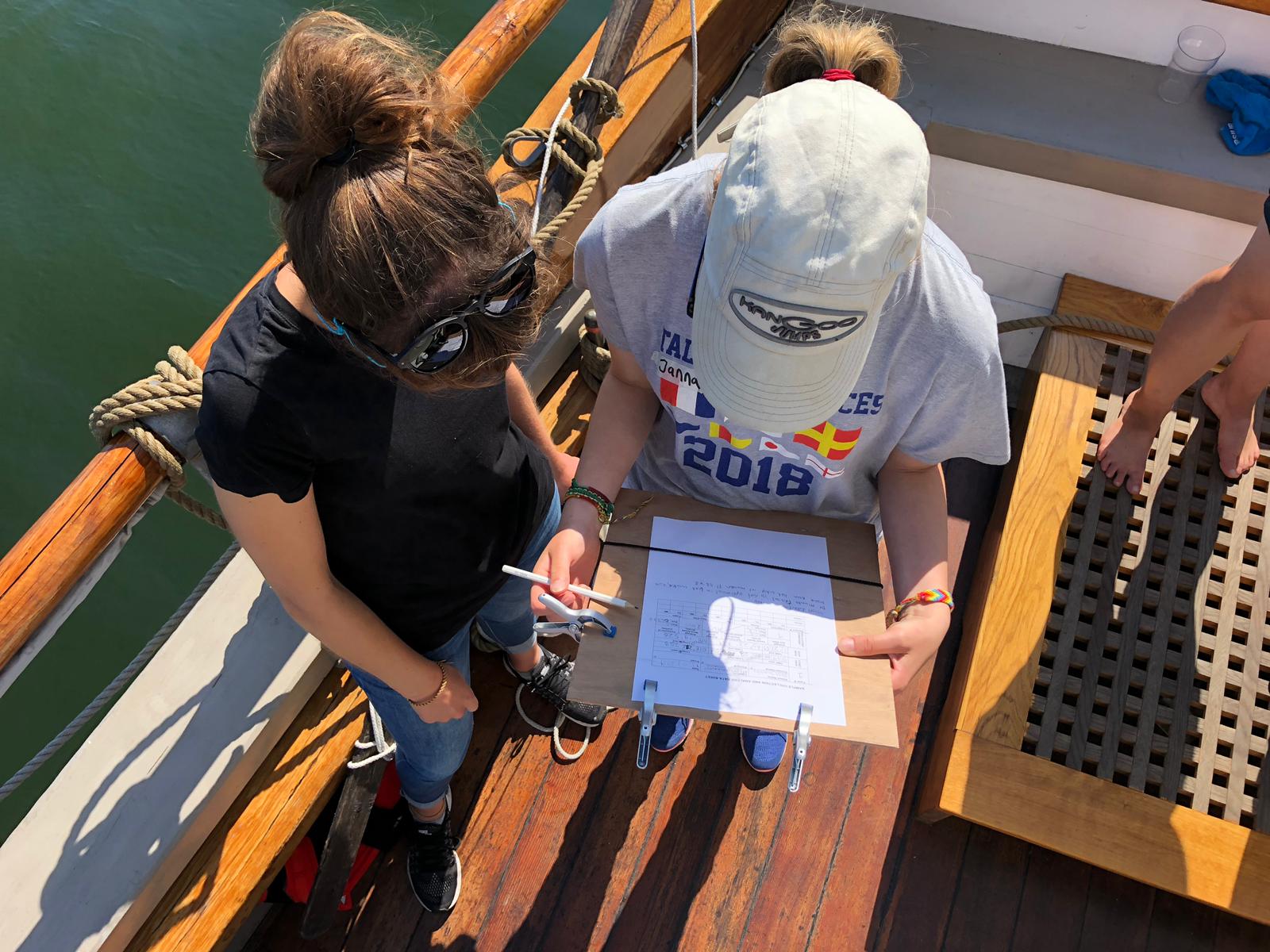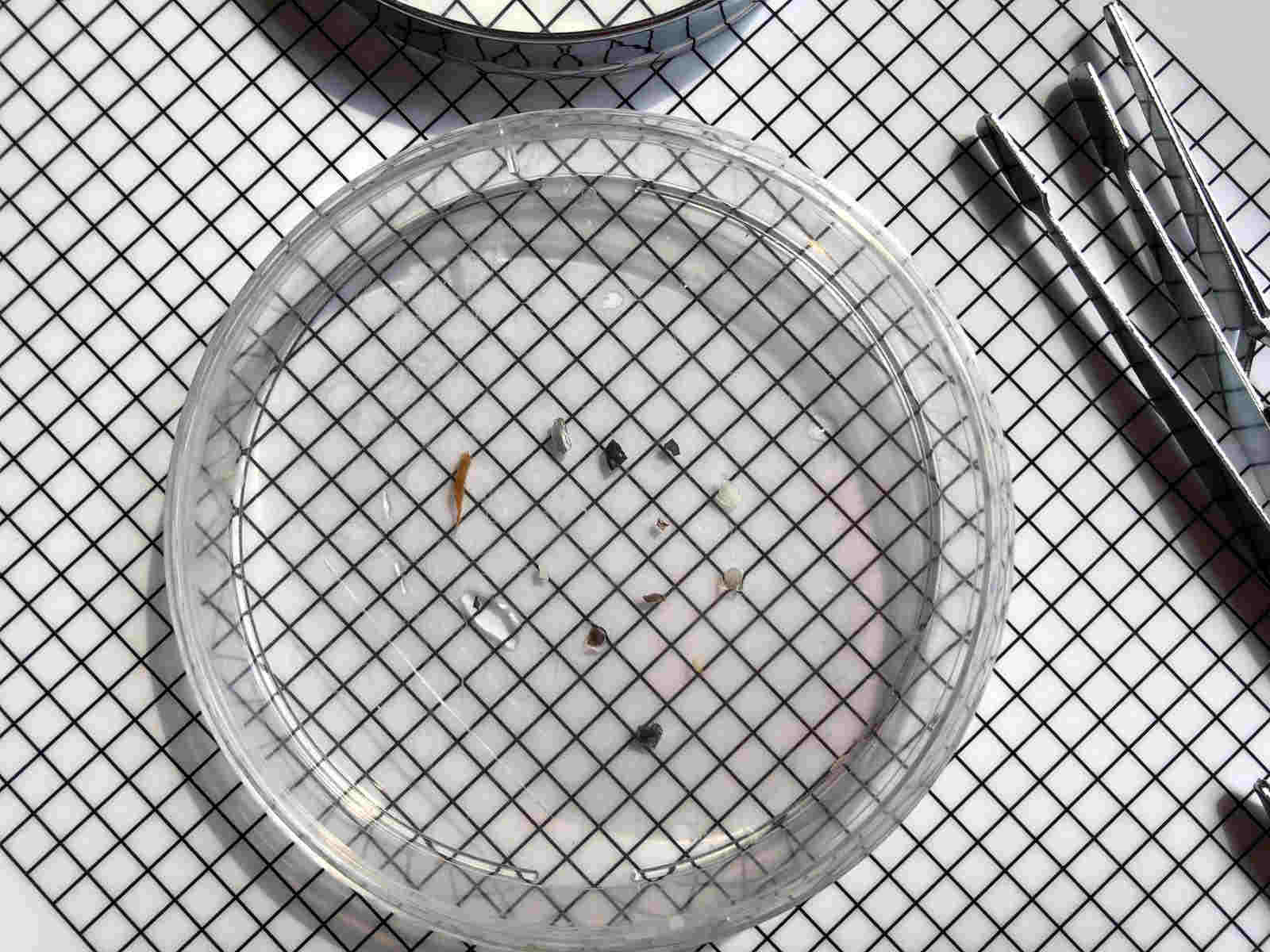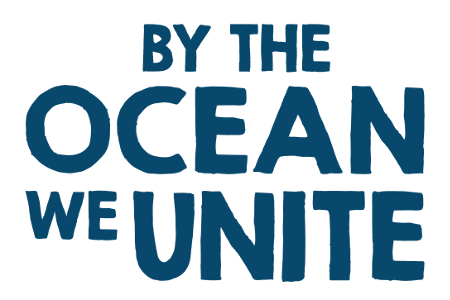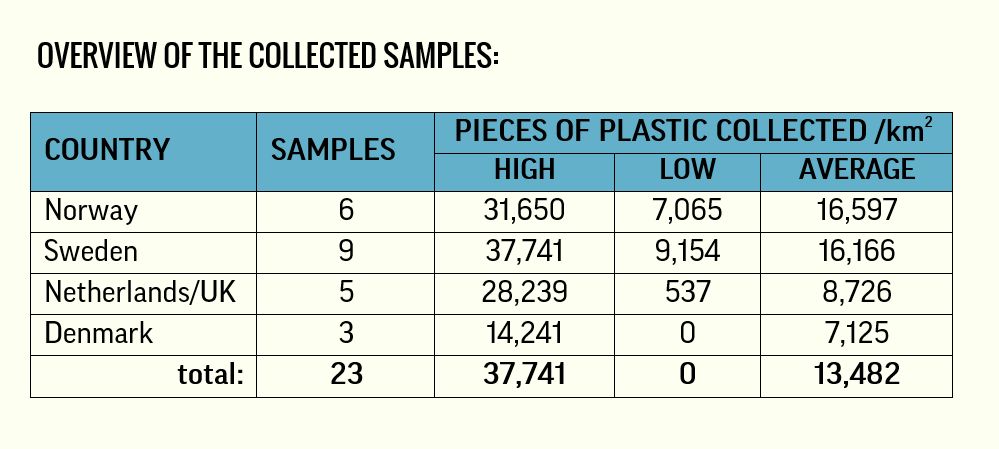
Clean Circle Navigators 2019: plastic research
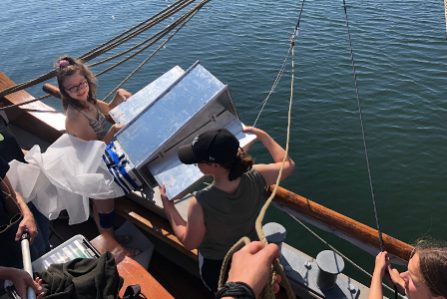
In 2019 Windseeker teamed up with By the Ocean we Unite (now: The Ocean Movement) for the first time. In the summer 148 Windseekers took part in the first Sustainable Sailing journeys (now: Clean Circle Navigators) on four Tall Ships. The young trainees have joined the Morgenster in Norway, Vega Gamleby in Sweden, Gulden Leeuw in Netherlands and UK, and Wylde Swan in Denmark.
The participants divided their time between Sail Training, cultural learning and research into microplastics in the seas. Here you can find the results of that last one.
The researchers from By The Ocean We Unite (BTOWU) were present on board all of the journeys, leading an in-depth program with focus on plastic pollution and a sustainable future. Using their citizen science project, they’ve engaged the trainees by revealing the severity of the problem of plastic pollution and giving insight how scientific research is conducted. Additionally, BTOWU organised workshops and lectures to show the effects of plastic pollution, but also showed a perspective-providing tools to act and work towards a world where no plastic ends up in nature.
The citizen science research protocol is designed to conduct sampling and analyses on board. Collecting samples took place using a research device trawled behind the ship through the surface of the water (manta trawl). The process necessitated teamwork since a large variety of tasks needed to be fulfilled. Additionally, good communication was key because actions had to be executed simultaneously such as lowering the net in the water, releasing the flow-meter which records water displacement, and recording all the necessary information on the data sheet to secure an accurate measurement.
One sample is just a snapshot in time of the distribution of plastics in the surface water. Collecting more samples could give a better idea of how plastics are distributed, moving, and acting in the water. However, (almost) every sample contained plastic and that is what should be worrying.
DATA:
Ship: Morgenster
Country: Norway
Project: Exploring Coastal Waters
With: Elverum Folkehogskule
During the voyage on the Morgenster on the Norwegian coast of the North Sea, the trainees collected six samples. The highest sample contained 31,650 pieces of plastic per square kilometer (/km2) and the lowest sample contained 7,065/km2. On average the amount of plastic found was 16,597/km2.
Ship: Vega Gamleby
Country: Sweden
Project: Plastic, an Issue without Borders
With: Sail Training Association Sweden
During the voyage on the schooner Vega Gamleby on the Swedish coast of the Baltic Sea the trainees collected nine samples. The highest sample contained 37,741 pieces of plastic/km2 and the lowest sample contained 9,154/km2. On average the amount of plastic found was 16,166/km2. There was some variation within the samples but overall the amount of plastic in all samples was relatively high.
Ship: Gulden Leeuw
Country: Netherlands and the UK
Project: Looking for Sustainable Horizons
With: Sail Training Association Netherlands
During the crossings of Gulden Leeuw from the Netherlands to the United Kingdom and back the trainees collected five samples. The highest sample contained 28,239 pieces of plastic/km2 and the lowest sample contained 537/km2. On average the amount of plastic found was 8,726/km2. The highest amount was found in the river Thames.
Ship: Wylde Swan
Country: Denmark
Project: Danish Circles
With: Danish Sail Training Association
During the voyages of Wylde Swan around Denmark the trainees collected only three samples due to the weather circumstances which made it impossible to do more. The highest sample contained 14,242 pieces of plastic/km2 and the lowest sample contained 0/km2. On average the amount of plastic found was 7,125/km2.
